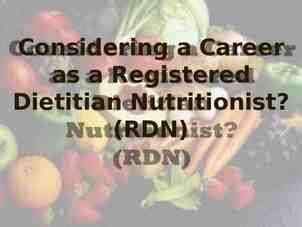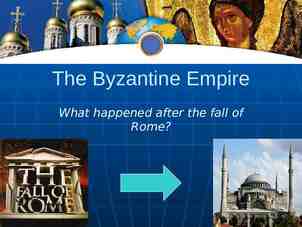CHAPTER 2 Business and Marketing Strategies Corporate
27 Slides67.00 KB

CHAPTER 2 Business and Marketing Strategies Corporate Strategy Business and Marketing Strategy Marketing Strategy Process Internet Strategy Preparing the Marketing Plan

Business and Marketing Strategies Effective strategies in an environment of constant change are a key requirement for success Corporate strategy: Deciding on the scope and purpose of the business, its objectives, and the initiatives and resources necessary to achieve the objectives.

Corporate Strategy “Corporate strategy is the way a company creates value through the configuration and coordination of its multi-market activities.”

Corporate Strategies Deciding the Scope and Purpose of the Business Business Objectives Actions and Resources for Achieving Objectives

Characteristics of Successful Strategy Unique competitive position for the company. Activities tailored to strategy. Clear trade-offs and choices vis-à-vis competitors. Competitive advantage arises from fit across activities. Sustainability comes from the activity system not the parts. Source: Michael E. Porter, “What Is Strategy,” Harvard Business Review, November-December 1996, 74.

Organizational Change Vertical Disaggregation Internal Redesign New Organizational Forms

Corporate Strategy Components Corporate Vision Objectives Capabilities Business Composition Structure, Systems, and Processes Corporate Competitive Advantage

Corporate Vision Defines what the corporation is and what it does and provides important guidelines for managing and improving the corporation.

Objectives May be established in the following areas: Marketing Innovation Resources Productivity Social responsibility Finance

Business Composition Place company’s strategic focus on distinctive capabilities. Key strategy issue: matching capabilities to market opportunities

Business Composition Challenge: provide direction for both corporate and marketing strategy design. Corporate strategy SBU strategy

Structure, Systems, and Processes How the organization controls and coordinates the activities of its various business units and staff functions.

Corporate Competitive Advantage Value creation through multi-market activity. Does the corporation add value to the business?

Business Strategy Assessing market attractivenes s Customer orientation Communicati ng value advantages Marketing Strategy

Marketing Strategy “Marketing strategy is guided by the decisions top management makes about how, when, and where to compete.”

Marketing Strategy Process Strategic Situation Analysis Implementing and Managing Marketing Strategy Designing Marketing Strategy Marketing Program Development

Situation Analysis Market Vision, Structure, and Analysis Continuous Learning About Markets Segmenting Markets

Market Driven Strategies Designing MarketDriven Strategies Market Targeting and Strategic Relationship Positioning Strategies Planning for New Products

Positioning Strategy Development Product strategy Positioning strategy Promotion strategy Market Target Price strategy Distribution strategy

Relationship Strategies Gaining competitive advantage increasingly demands building internal and external cooperative relationships to: Access technology Expand resources Improve productivity and quality Penetrate new markets

Planning for New Products Organizations must develop a culture of innovation and build effective processes to identify innovation opportunities and transform ideas into new product successes.

Market – Focused Program Development Strategic Brand Management Building brand equity Managing brand systems Value-Chain, Price, and Promotion Strategies Choice of distribution channel Factors influencing pricing decision Communicating the positioning strategy to buyers

Implementing Market Driven Strategies Designing Effective Market-Driven Organizations Implementing and Managing Market-Driven Strategy Strategy Implementation and Control

Implementing and Managing Strategy Designing Effective Market – Driven Organizations Match people and work responsibilities Organizational structures and processes need to fit the strategy Strategy Implementation and Control Preparing the marketing plan and budget Implementing the plan Ongoing management and control according to plan

Internet Strategy Major Force for Change Web: compelling opportunity to enhance one-on-one relationships “industry-led” online exchanges Strategy and the Internet Powerful complement to traditional business and marketing strategies

Marketing Plan Outline I. Strategic Situation Summary II. Market Targets and Objectives III. Positioning Statements IV. Marketing Mix Strategy for Each Market Target Product Strategy Price Strategy Distribution Strategy Promotion Strategy Marketing Research

Marketing Plan Outline cont’d. V. Coordination with Other Business Functions VI. Sales Forecasts and Budgets VII. Contingency Plans






